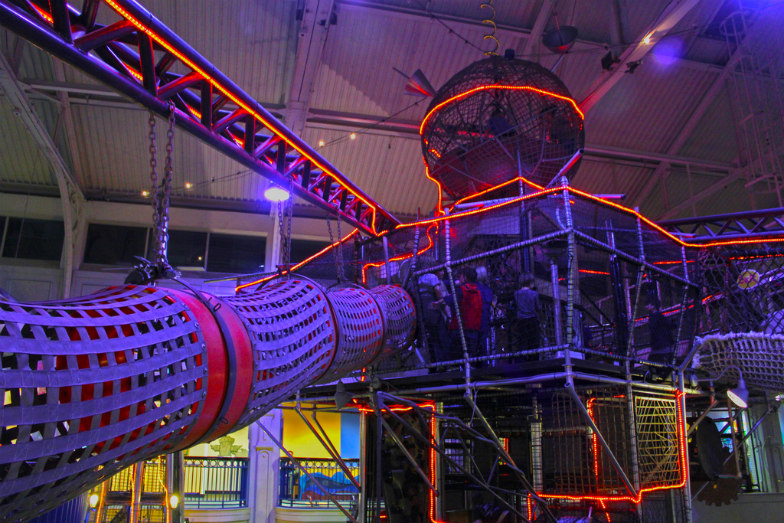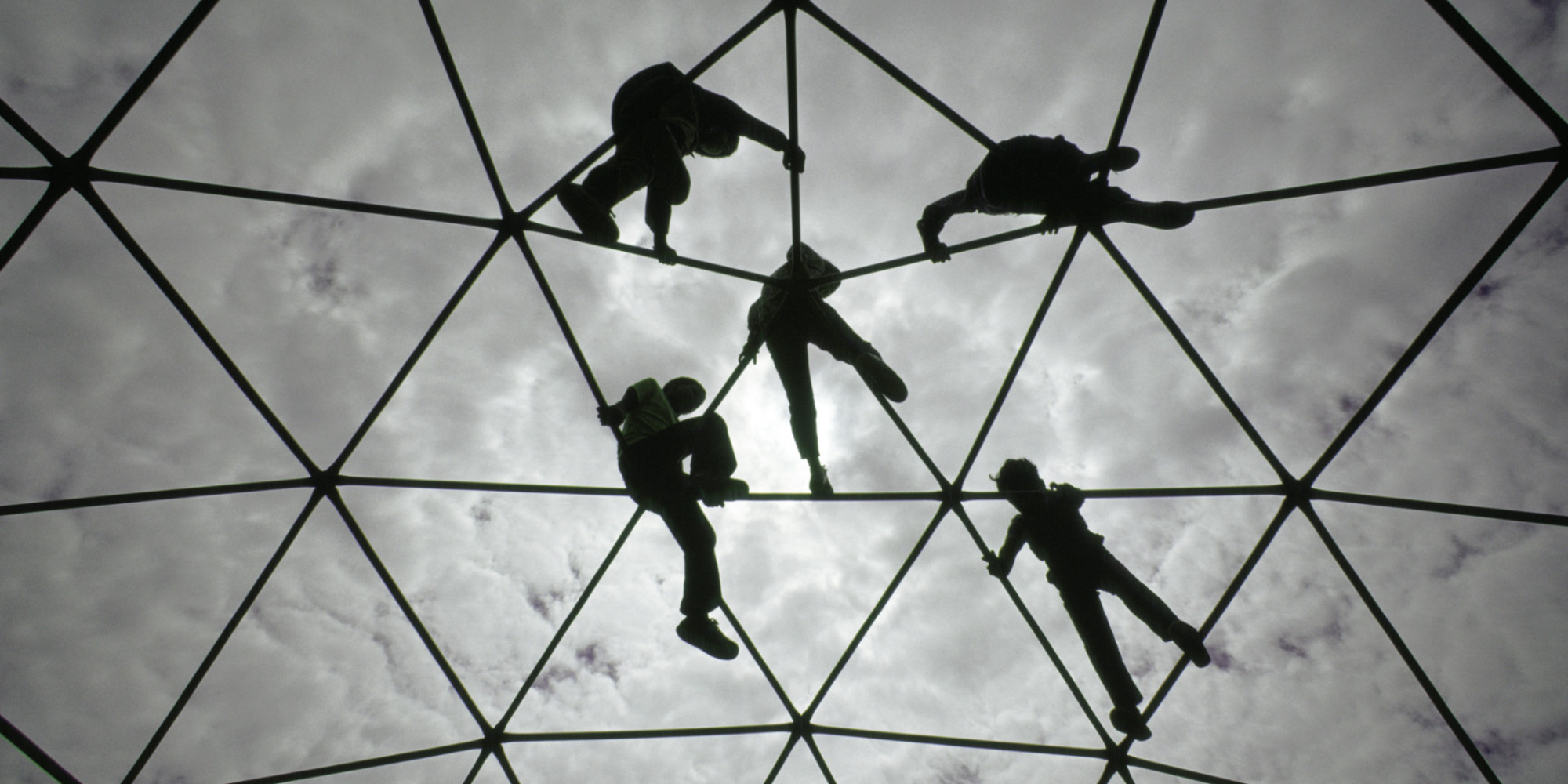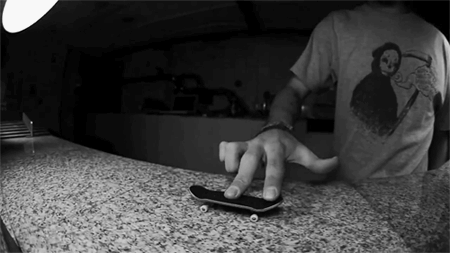Pamela Leong, Salem State University
Scrawls, doodles and stylized text adorn the walls of public bathrooms in places ranging from elementary schools to dive bars: poems penned by forlorn lovers, pleas for advice and cartoons meant to elicit chuckles.
The graffiti is usually anonymous. It’s often personal.
While bathroom stalls are spaces of privacy, the graffiti is very much aimed at future occupants. And unlike most forms of written communication that appear in public spaces (books, newspapers, even graffiti on buildings), these images and messages are intended for the eyes of the same sex.
As a sociologist, I was curious about the content of the graffiti text and artwork, the patterns in the response and replies – and whether these responses would vary by gender.
So I entered ten single-sex bathrooms (five men’s rooms and five women’s rooms) on five floors of a northeastern state university’s academic building. Each bathroom contained multiple enclosed stalls, and I photographed each stall that contained hand-written or hand-drawn graffiti.
Out of the 202 graffiti collected and analyzed, 59 (29.2%) were in the men’s bathrooms and 143 (70.8%) were in the women’s bathrooms. (This finding seems to contradict reports that females are less inclined to vandalize, due to their inclination to conform to social conventions and norms.)
Poring through the images, I also noticed that the graffiti – aside from its obvious entertainment value – contained deeply held, gender-specific cultural beliefs.
Sex, insults and more sex
Sexually explicit graffiti mainly populated the men’s bathroom stalls, as did humorous graffiti. There was also no shortage of insults.
In fact, insults comprised the largest category of graffiti in the men’s bathrooms, and characterized much of the response and replies to images. These slights often centered on evaluations of the artistry and accuracy of the sketches; a drawing of a topless woman, for instance, received the critique, “Nice rack but man, only a face a mother can love. Shessh!!”
A separate sketch of a vagina elicited a number of disparaging comments. One person felt the drawing resembled more of a silverfish insect than a vagina. Others insulted not the image’s artistic integrity, but personally attacked the artist. Another lobbed insults against the artist’s mother (“Well it is your mom’s pussy”), while one respondent claimed to have had intercourse with the artist’s girlfriend.
The doodles in the men’s bathroom stalls were overwhelmingly sexual in nature, with rudimentary sketches of women’s breasts frequently drawn, followed by sketches of gigantic penises and female genitalia. Of the 59 distinct images or text appearing in men’s bathrooms, only three were of a nonsexual nature: a doodle of a cat up to bat, a goateed male face and a marijuana joint.

torbakhopper/flickr, CC BY
Support, poetry and…poop?
In contrast to the male graffiti, female graffiti contained fewer vulgarities and sexual content. A tiny sketch of a penis pointing to verses from Psalm 23:4 was the only sexually explicit drawing. On the other hand, flowers, stars, faces – along with poetry and advice in stylized, swirly font – were prevalent.
Curiously, female graffiti contained more scatological content than the men’s graffiti did. Such graffiti included explanations for what caused the artist to defecate (coffee, the campus dining service), references to flatulence, and the obvious: that they were currently on the commode and, in some cases, were in the process of defecating (“Sitting on the toilet Hahahah”).
Although this finding was unexpected, health studies do suggest that women are both more knowledgeable and more forthcoming about health matters and bodily changes than are men. Gender differences in health disclosures and the reporting of health symptoms and physical manifestations could explain why there were more scatological content in female graffiti.

Jo Morcom/flickr, CC BY-NC-SA
There are also cultural assumptions about femininity, which demand that women suppress open discussion of their bowel movements.. However, in all-female spaces – away from the male gaze and surveillance – women may resist these cultural pressures through explicit dialogue about fecal matters, a freedom traditionally allotted to men.
Meanwhile, philosophical and poetic graffiti dominated the graffiti of women’s bathrooms, followed by supportive graffiti and relationship-oriented graffiti. In sharp contrast to the insults that dominated the chain graffiti in men’s bathrooms, the response and replies in women’s bathrooms tended to be supportive of the original artist. Absent were insults.

Quinn Dombrowski/flickr, CC BY-SA
Replies included affirmations, such as “AMEN!,” “Thank you” and “That was deep. Keep preaching sister!!!” Some responses offered emotional support (“It will be [better]. I promise. Don’t ever give up.”), while others expressed shared understanding: “Same here,” “Samesies” and “Mine too.”
While insults did not typically occur in female graffiti, there were corrections. Replies to the posting “Nothing is forever…except for love” included various corrective quips: “+ herpes! LOL”; “Except God”; and “lol tattoos are.”
One person wrote, “Love, it is the greatest thing to the human race,” which was similarly met with (humorous) responses and corrections, including: “Can I return it?”; “Love is not a gift…It’s a privilege that must be earned, nourished, and respected…”; and “Wrong, Love is something humans made up.”
What does it all mean?
As a whole, bathroom graffiti seem to reinforce gender expectations, although there were occasional breaches of – even resistance to – some of these expectations (almost exclusively in female bathroom stalls).
Above all, bathroom graffiti messages convey male desire to maintain the masculine hierarchy. Insults, expletives and masculine bravado, as well as pictorial depictions of masculinity through drawings of erect penises, all serve as symbols of masculinity – markers that identify the graffiti artist as strong, powerful, competitive and sexually competent.
In their responses to certain images or phrases, men evaluated and regulated one another’s behaviors. If a male graffiti author expressed emotional turmoil, he was met not with supportive messages, but with a barrage of unrelenting insults. Power dynamics, therefore, are evident even in seemingly anonymous, unmoderated spaces – even without the physical presence of others.
The policing, however, was absent in the women’s bathrooms, which was consistent with the overall tone of the women’s bathroom stalls: cooperative, supportive, encouraging and generally free of aggression and competition. There is a sense of female solidarity expressed on the women’s bathroom stall walls (a solidarity that was conspicuously absent in the men’s bathroom stalls).
Since the date of the original data collection, some walls have been painted over, revealing new graffiti; in other cases, old graffiti remain, with new ones cropping up.
What remains unchanged, however, are the cultural messages about gender, and the intense enforcement of hypermasculinity.
![]()
This article was originally published on The Conversation.
Read the original article.










 A rubix cube is particularly compelling as a multi-dimensional teaching tool, because it puts spacial dimensions in the abstract in the first place, and then gives the cube the ability to change the dimensional orientation of a third of it’s mass. It’s hard to wrap your head around a normal three dimensional rubix puzzle. By adding another dimension and using the same principle, one can ALMOST imagine that fourth spacial dimension. Most people can’t solve a three dimensional Rubix puzzle but if you think you are ready for the fourth dimension, you can download it and play it on your two dimensional screen, here:
A rubix cube is particularly compelling as a multi-dimensional teaching tool, because it puts spacial dimensions in the abstract in the first place, and then gives the cube the ability to change the dimensional orientation of a third of it’s mass. It’s hard to wrap your head around a normal three dimensional rubix puzzle. By adding another dimension and using the same principle, one can ALMOST imagine that fourth spacial dimension. Most people can’t solve a three dimensional Rubix puzzle but if you think you are ready for the fourth dimension, you can download it and play it on your two dimensional screen, here: 














